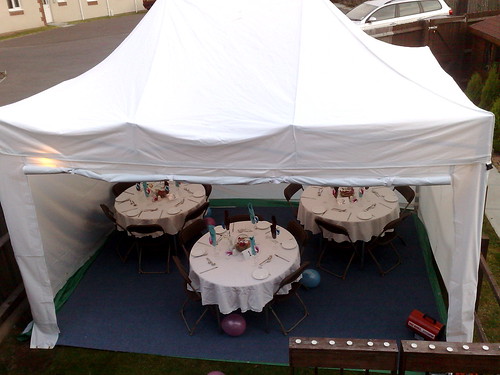So, you don’t have a fence. It’s alright because you can just grow a shrub that you can form into some sort of boundary marker. This is one of the most common uses of shrubs; and many times, homeowners just let their plants grow without thinking about how to properly maintain them. Shrubs definitely have so much more to offer, aside from being great as hedges. These come in all shapes, colors and sizes, and with proper maintenance, you won’t only have a beautiful natural barrier, but you’ll also have healthy plants that are a joy to see.
Uses of Shrubs
1. Forms a Boundary and Offers Protection
As mentioned earlier, most people plant shrubs in order to define their property line. There are all sorts of shrubs that can be used here, such as the King’s Mantle (Thumbergia erecta), which has vivid green and lush foliage and intense purple flowers. Many kinds of viburnums (Newport and Allegheny), evergreens (holly, spruce, pine), and other low-growing perennials can be used as shrubs. For those who want to amp up the security of their perimeters, they can also use thorny shrubs to help discourage prowlers. Examples are rose, barberry and quince.
2. Provides Privacy and Acts As Shield from the Elements
If you have a shrub that you have formed into a tall hedge, it will provide you some privacy. Naturally, you wouldn’t want your nosy next door neighbor to know what you’re doing in the yard or inside your house. (Remember Samantha’s snooping neighbor on Bewitched? How annoying, right?) So, even though you might like to share a few things with your friends and neighbors, you wouldn’t want to share every little detail of your life. Having a hedge will give you a bit of privacy. Plus, the shrub will also help in protecting you or your home from the brunt of the sun and wind.
3. Gives You Pleasure
Of course, if you’re growing healthy flowering plants or lush, vibrant shrubs, you’ll surely enjoy staying outdoors and just enjoying the visual pleasure of having beautiful flora all around you. Gorgeous ornamental plants provide dramatic foliage which are also a joy to care for or prune. Flowering shrubs can also be trained to grow on your trellis, which will really add beauty to your home.
Maintenance: About Pruning Shrubs
It is a must to keep your garden or landscape well-maintained. If you allow your plants to grow without proper care, these will soon form dense vegetation where thieves or prowlers can easily hide. So, here are a few tips to keep in mind.
Home security experts suggest that you grow your hedges to just below 5 feet. More than that and you endanger yourself and your family by having areas where burglars can easily hide. Shorter hedges will delineate your property line while also helping to deter people from peeking into windows on the first floor.
Plants are also best pruned during specific times. This will depend on the type of shrubbery that you have. So, ask an experienced gardener about when is the best time to prune your shrubs to reduce damage to the vegetation. Don’t feel too bad about pruning because this actually encourages plants to develop flowers or fruits when done correctly.
Attached Images:
- License: Creative Commons image source
Claire Davidson is a freelance writer who also happens to love plants of all kinds. She writes about flowers, orchids, grasses, as well as landscaping in Idaho Falls and other gardening or planting-related issues.




